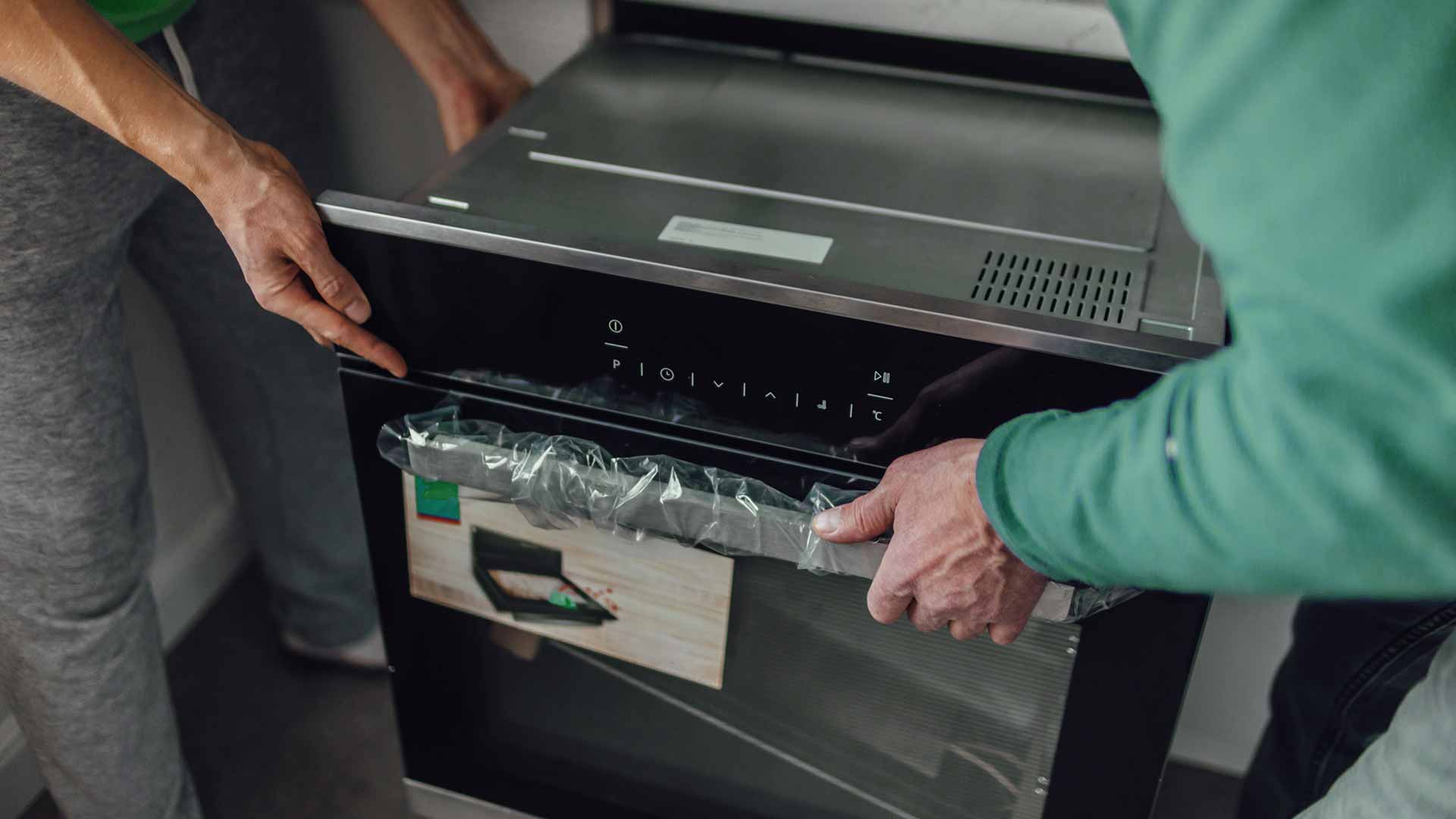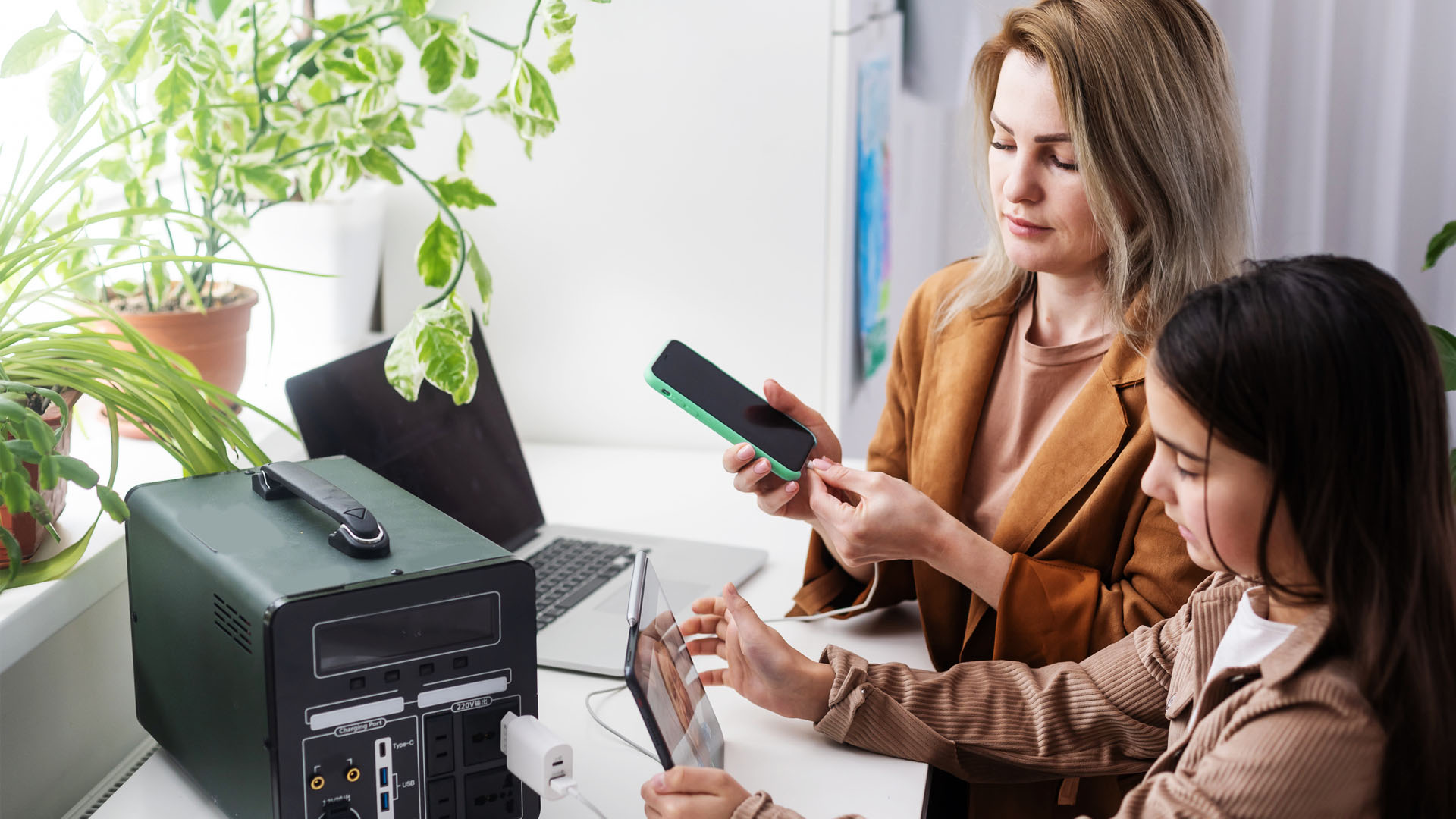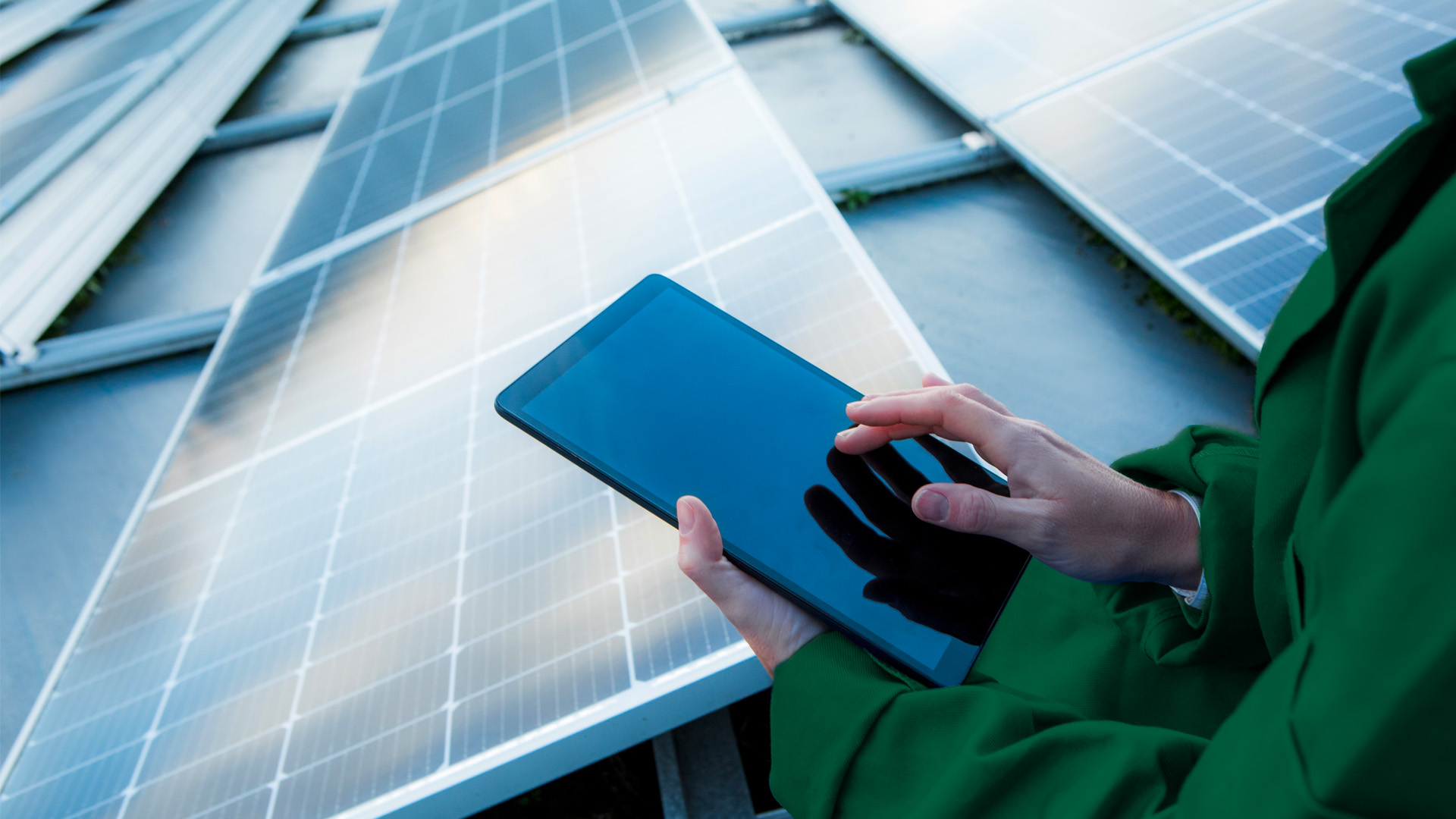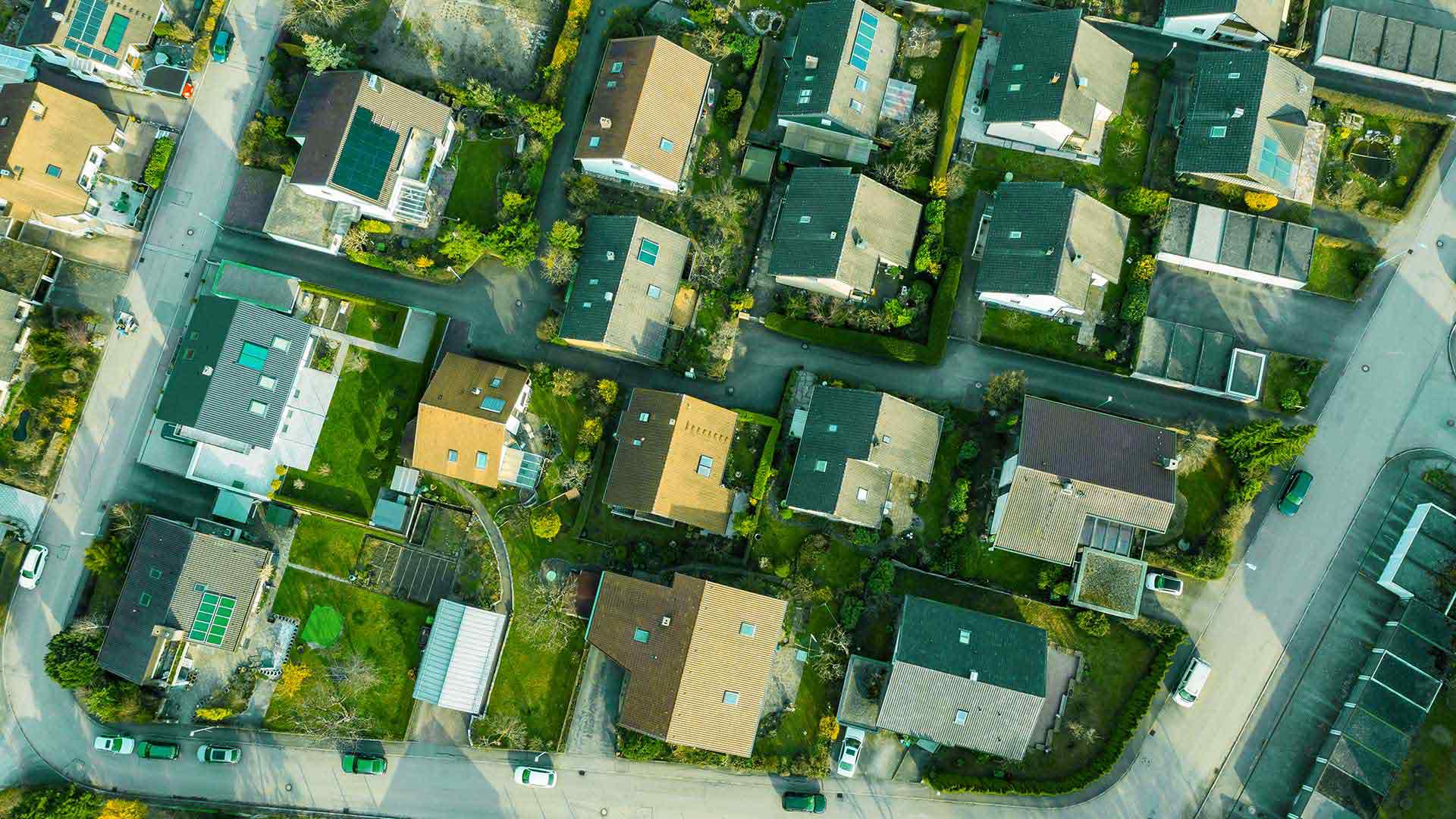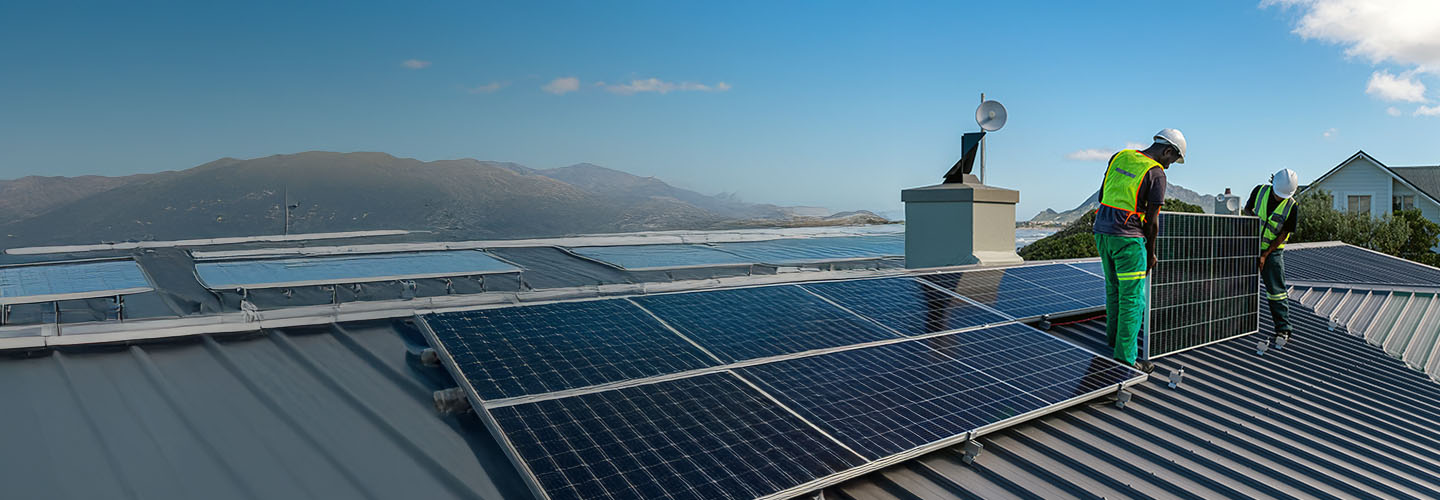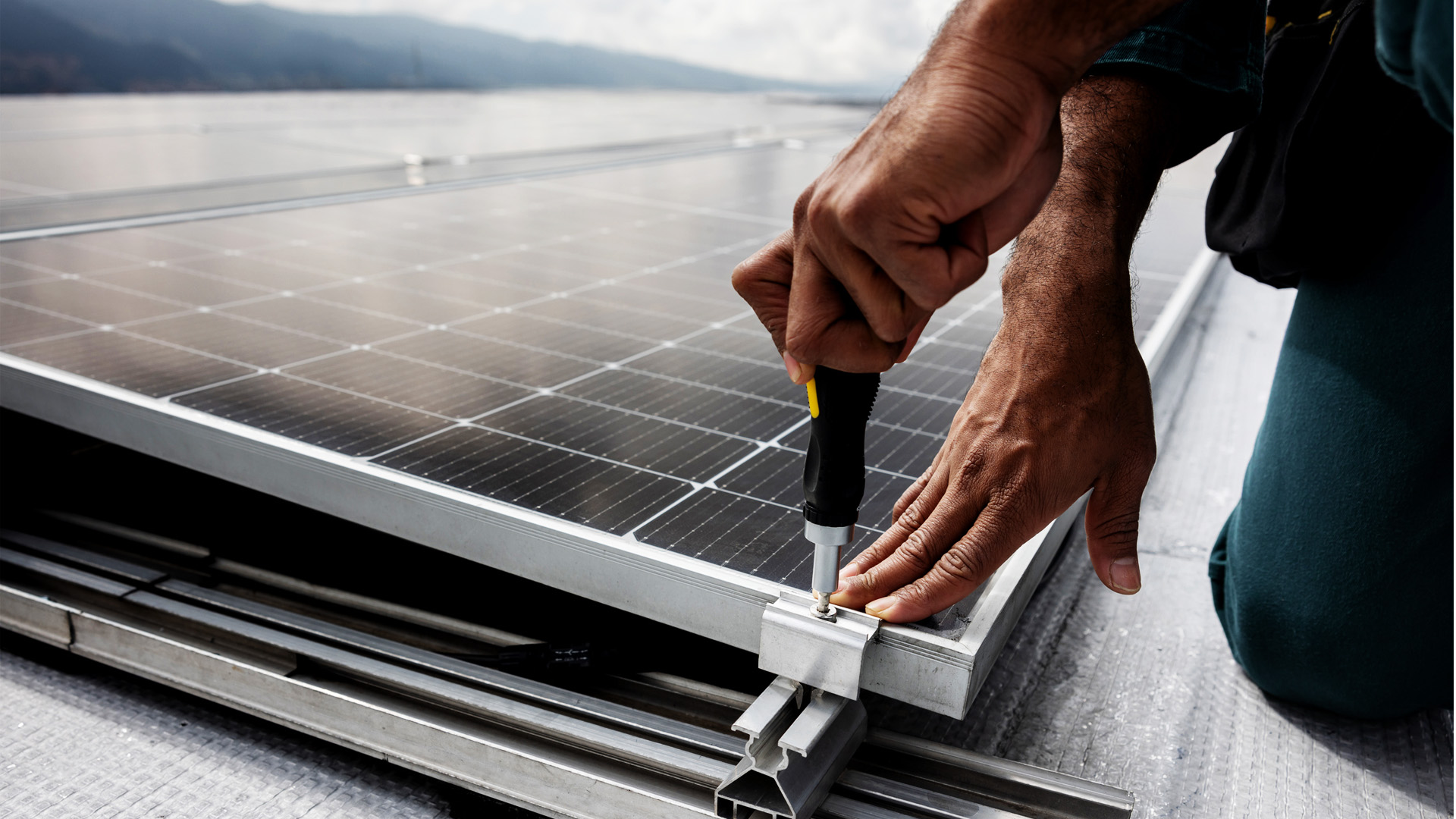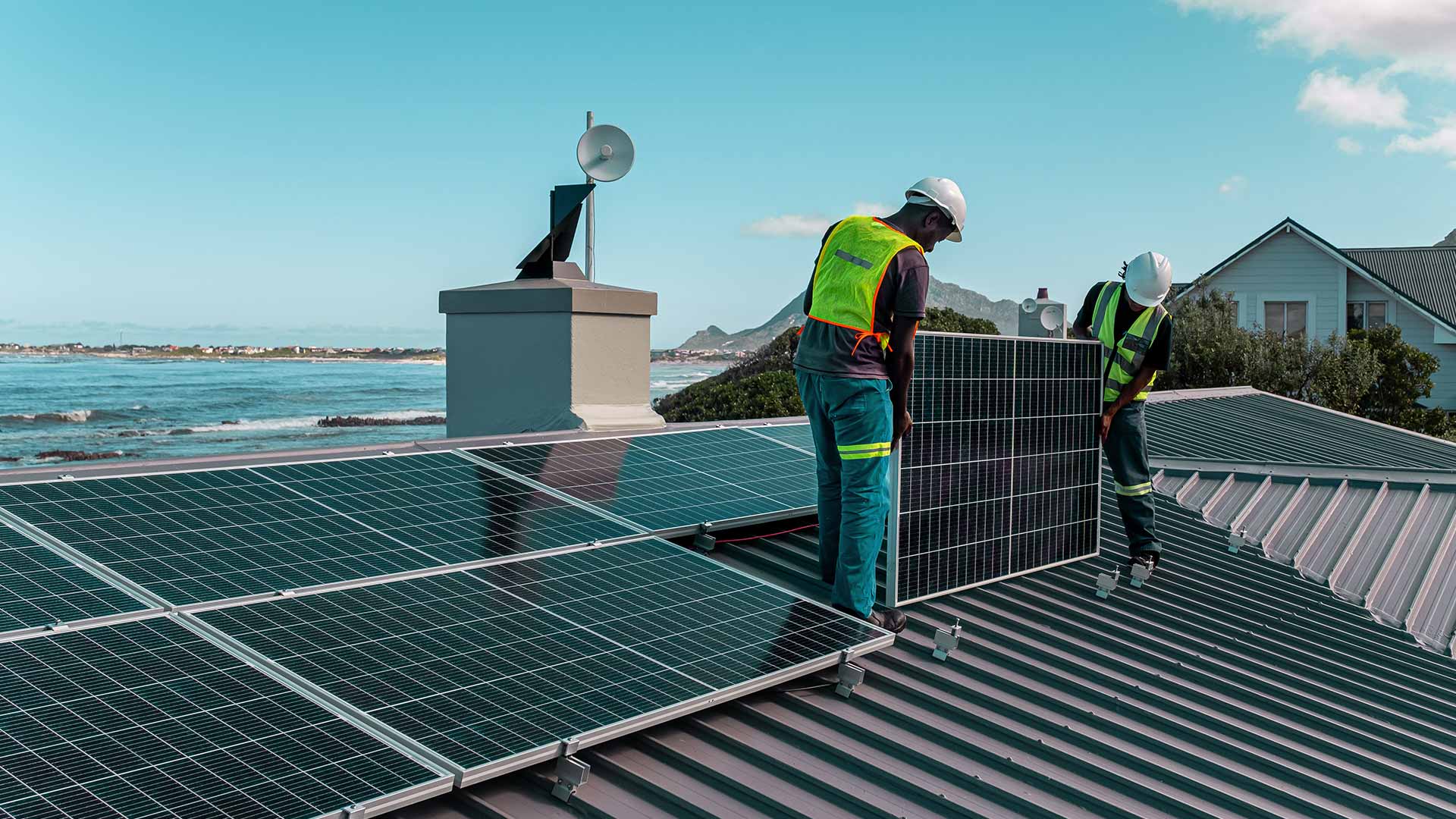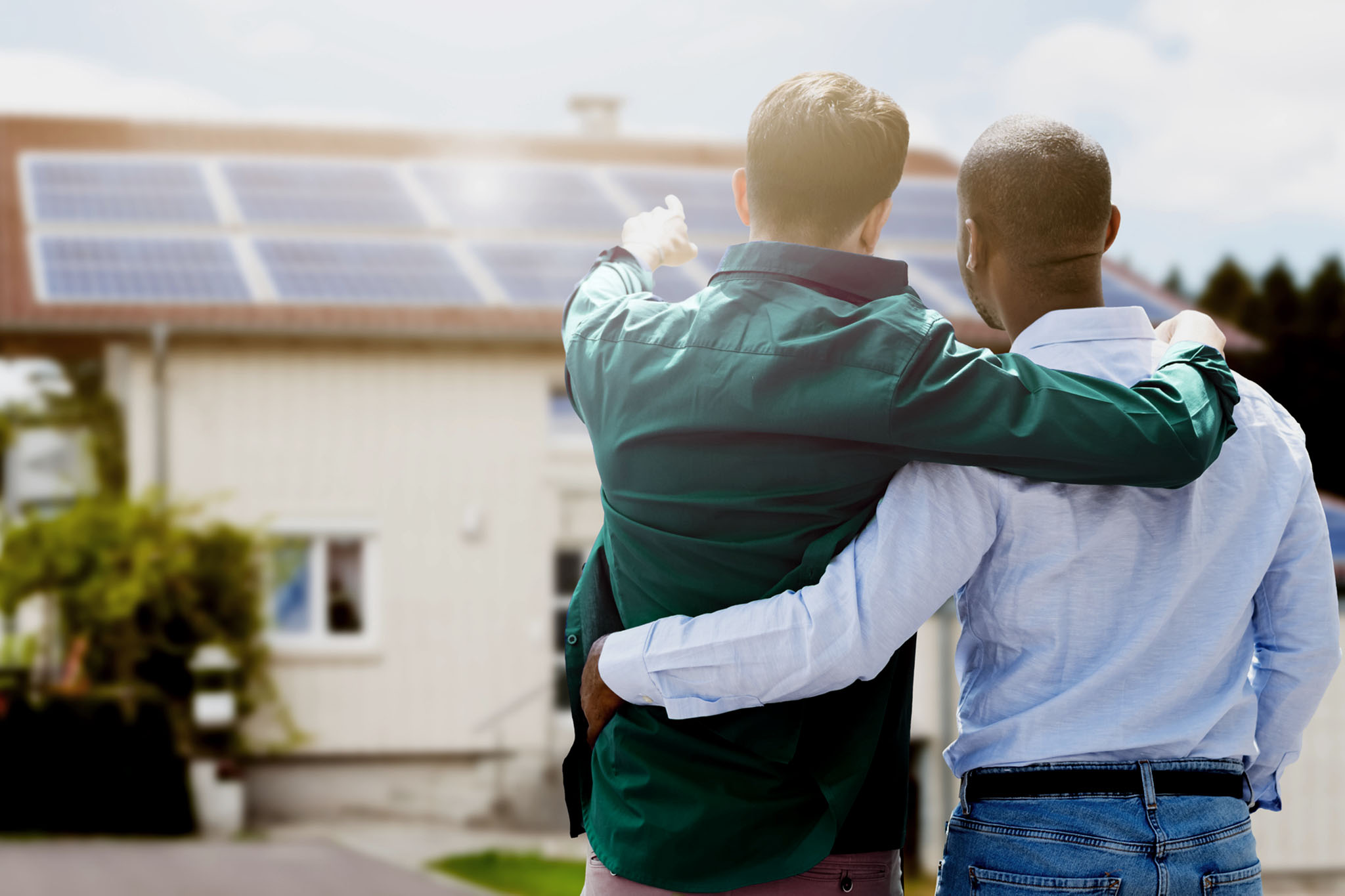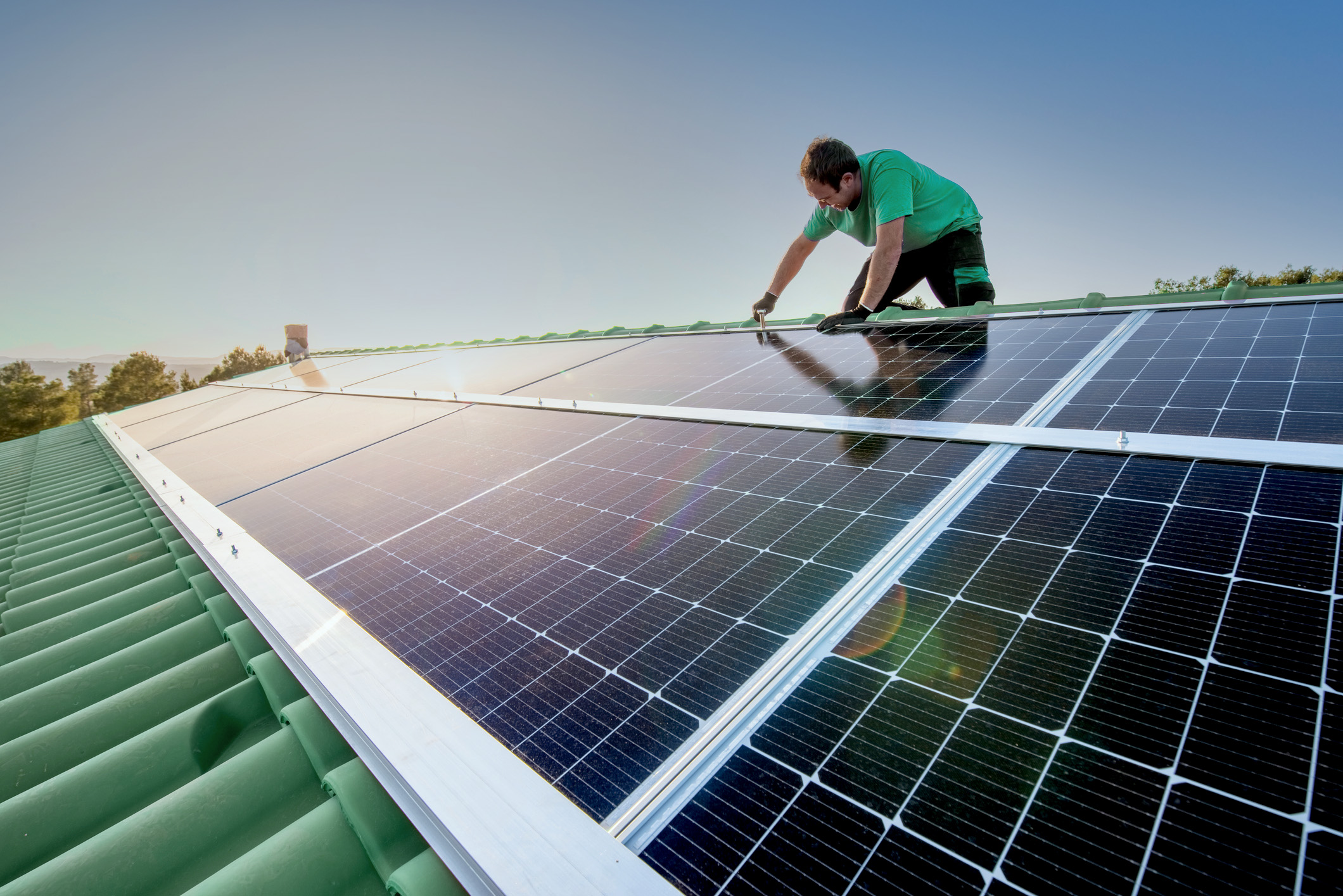If you’re thinking of installing a solar system to power your home, you want to be sure it’s worth it. Ask anyone who has done so, and the answer is almost always ‘Yes, absolutely’. For a start, home solar means you’re no longer at the mercy of unreliable grid electricity that gets more expensive every year.
Let’s explore some of the numbers involved in installing a home solar system, the typical savings and the payback periods.
The initial investment in a home solar system can be considerable. Around R50,000 will get you a basic system with no batteries that reduces your daytime grid usage and helps during daytime power cuts. But to ensure uninterrupted power off the grid, day and night, you’ll need to add battery storage. You could spend R200,000 or more on an all-inclusive system that removes your reliance on the electricity grid completely.
Your decision will be influenced by the economics of the investment. On the one hand, you’re probably going to need a loan to pay for the system – that means an extra payment every month.
On the other hand, your electricity bill could drop to zero and balance out your new monthly debt instalments. You can achieve this if your system is cost-effective – in other words, producing enough electricity to minimise your reliance on grid power, with monthly instalments that are close to the savings on your electricity bill.
What makes up the cost of a solar system?
The cost of your system will depend on how much power you want it to generate, and how much energy you want to store. The electricity is stored in batteries that power your house at night or when there’s not enough sunlight to power the solar panels. Batteries are also the most expensive part of your system.
It’s quite easy to buy suitable solar panels for around R2,000 each, and an inverter costs between R15,000 and R50,000, depending on the size. The inverter is needed to convert the battery’s direct current into the alternating current used by your home appliances.
Using our solar financing options available on your home loan or assets, get competitive financing that helps your investment make sense
Batteries can start at R30,000 and go up to R150,000, depending on how much energy you need to store. The more you can store, the longer you can remain independent of the grid, but that also means you need more panels and a bigger inverter to run your system. And going bigger comes at a bigger cost.
You can calculate if that investment is worth it by doing some simple sums. The easiest way to put a monetary value to your system is to calculate how much electricity your system produces in a year and multiply that by the present rate per kWh, listed on your monthly account.
How to calculate the pay-back period
For this exercise, we’ll look at a typical system installed in a Johannesburg house. Your solar system might produce more electricity or less, depending on where you live, so these numbers are to illustrate the point. They are not real estimates of costs or energy production.
Let’s assume that your system cost you R160,000 and produces 8,000kWh per year, depending on where you live. A system of this size would be enough to power a home with an average monthly grid-electricity bill of around R1,800. At a presumed cost of R2,20 per kWh from the electricity grid, your system will have produced electricity worth R17,600 in a year.
If you take a straight-line calculation of the investment cost divided by this 'free electricity', then you will recover the R160,000 investment in 7 years and 6 months. Thereafter, your electricity is free, except for maintenance and replacement of batteries, which should last you at least 10 years if you use high-quality lithium-ion batteries.
Electricity savings vs debt repayments
Since you’ll probably need financing to pay for the conversion, a better way to compare the cost of investing in solar to that of staying on the grid might be to compare the monthly repayments on a loan to your monthly electricity bill.
For a system as described above, which is still a hybrid grid-connected solar battery system, your monthly grid-electricity consumption cost would be around R2,475, if you used about 1,125khW per month, with your solar system generating a saving of R1,450 per month on average.
Using our solar financing options available on your home loan, or through asset finance, you can get competitive financing that helps your investment make sense.
Paying for a solar conversion using your home loan, for example (assuming you have 15 years remaining on a bond at 7.5% interest), your monthly repayment would increase by around R1,500. That gives you a surplus cost of R50 per month to get load-shedding protection – until the loan is paid off, when you begin making a direct saving of R1,450 on electricity costs every month. So those savings will more than cover the replacement cost of your batteries every 10 years.
It’s a good idea to do these calculations based on your own average monthly usage and electricity bill, once you’ve worked out the size of the solar installation you’d need and what it will cost. If the numbers look as good as in our example, then it’s difficult to argue that investing in solar is too expensive or not worth the expense. You buy yourself peace of mind and uninterrupted power – and escape the annual price hikes on grid electricity.
To find a solar energy supplier in your area, through either asset finance or your home loan, go to our solar energy finance page. It includes a list of approved service providers to help you evaluate your solar battery system, savings and finance options.
Disclaimer
Please note that all costs and financing options quoted in this blog were correct at the time of publication, but are subject to change without notice. Although we update the blogs regularly to keep the information up to date, clients are advised to check current costs and finance options with service providers before making any commitment to solar installation.
This article is for general information only and does not constitute financial advice under the FAIS Act. Nedbank accepts no liability for any loss arising from reliance on this content. Please consult a qualified advisor before making financial decisions.
